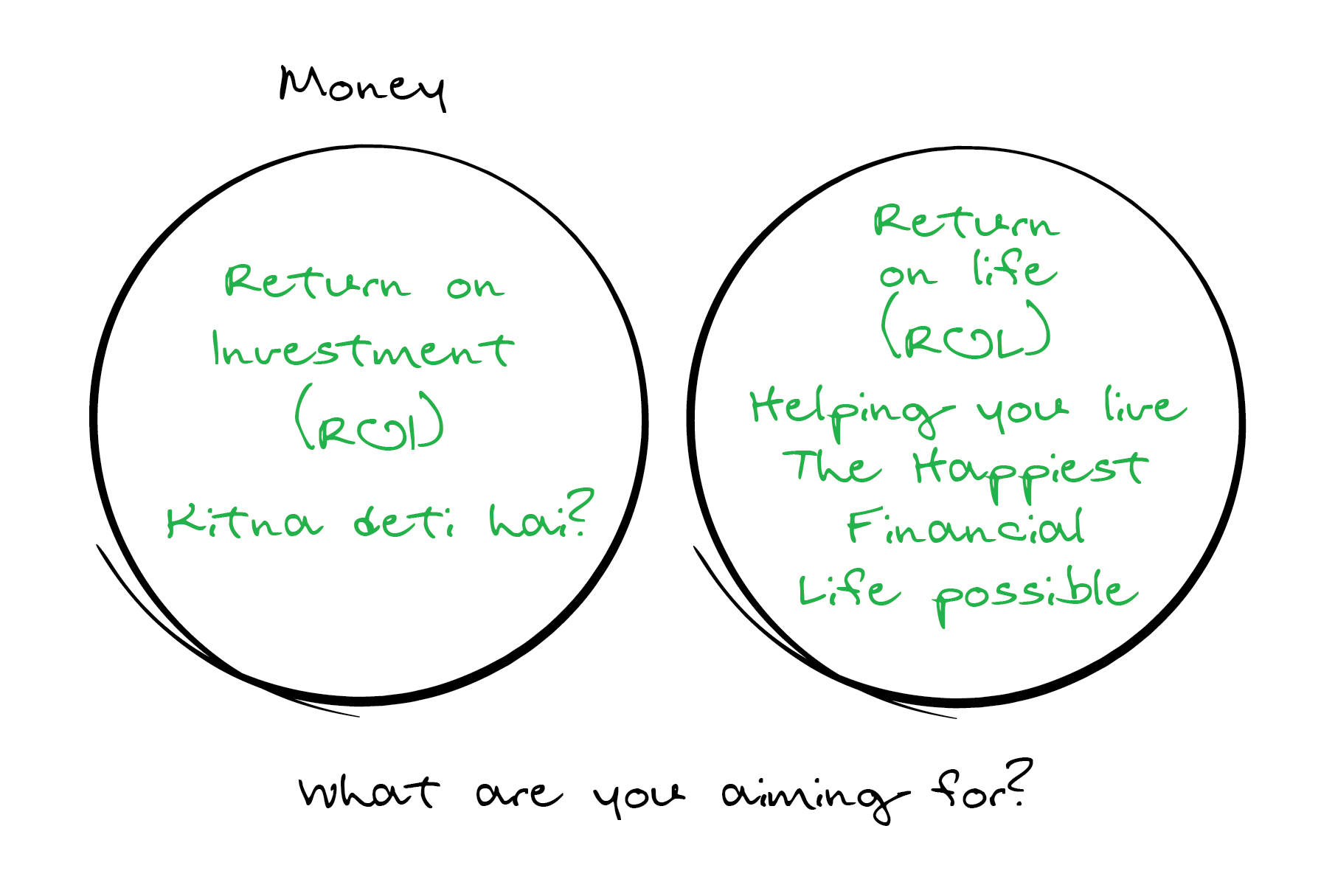Infinite Upside >>> Limited Downside
The Sensex has fallen many times.
It has seen bear markets, recessions, wars, scams, and global crises.
The worst fall was in 2008. A 60% drop. It felt like the end of the financial system.
But it wasn’t.
The Sensex base year was set as 1979, with a base value of 100. Today, it is around 76,000.
That’s 760 times.
A 76,000% return.
This is not a one-off event. Many individual funds have gone up 100x, 200x, even 380x (38,000%) over the last 30 years.
This is the power of asymmetric upside.
Most people don’t think in terms of asymmetric upside. They think in terms of short-term risk.
The market can fall 10%, 20%, or even 50%. That seems scary.
But they forget that the maximum a diversified portfolio across sectors can fall has a limit.
And the maximum it can rise? There is no limit.
The downside is capped. The upside is infinite.
This is how wealth is built. Not by timing the market. Not by reacting to every correction.
But by staying in. By holding great businesses. By letting compounding do its magic.
Imagine investing in an asset that has historically moved up 15-16% per year on average.
Now imagine selling that asset because of short-term fear.
That’s what many investors do.
They get scared of volatility and give up long-term compounding.
They forget that every correction in history has been a buying opportunity.
The market rewards patience. It punishes fear.
The real risk is not market drops.
The real risk is being out when the recovery happens.
Because when the market turns, it turns fast.
Some of the best days in the market come right after the worst days.
Miss those days, and your returns suffer dramatically.
The biggest mistake investors make is focusing on short-term pain instead of long-term gain.
The media fuels this mistake.
Headlines scream about crashes, recessions, and bear markets.
But what they don’t tell you is this:
Every single bear market in history has eventually given way to a bull market.
Every single time.
The stock market has always recovered.
Not just recovered—gone on to hit new highs.
But not every investor has recovered.
Some panic and sell at the bottom. Some never return. Some keep waiting for the “right time” to invest.
And in doing so, they miss the biggest wealth-building opportunity of their lifetime.
The reason markets go up over time is simple.
Businesses grow. Economies expand. Innovation happens.
Despite wars, recessions, and global crises, human progress moves forward.
And stock prices reflect this progress.
This is why the long-term trend of the market is always up.
But in the short term, emotions take over.
People fear losses more than they desire gains.
They get caught up in short-term noise.
They forget the long game.
If you zoom out, every crash, every dip, every correction is just a small blip on an upward-trending chart.
The difference between successful investors and unsuccessful ones is simple.
Successful investors understand the power of asymmetric upside.
They know that while the downside is limited, the upside has no cap.
They don’t react to every headline. They don’t panic during corrections.
They focus on the long-term game.
They trust the process.
Investing is not about finding the perfect moment.
It’s about time in the market, not timing the market.
The goal is not to avoid volatility.
The goal is to participate in the compounding of wealth over decades.
This is how the biggest fortunes have been built.
Not by trading. Not by guessing the next crash.
But by holding through every up and down.
The next time the market drops, remember this.
Every drop in history has been an opportunity.
Every panic has been followed by recovery.
And the biggest risk is not a crash.
The biggest risk is missing the rebound.
Stay invested. Stay focused. Stay patient.
Because the upside is always bigger than the downside.





 and then tap on
and then tap on 

0 Comments